Timber Harvesting
- November 30, 2023
- 0 comment
Explore the multifaceted world of timber harvesting with our comprehensive guide. Learn effective strategies for income generation, habitat enhancement, and forest health promotion, tailored for landowners and forest managers. In the intricate tapestry of forest management, timber harvesting stands out as a multifaceted and dynamic process, offering more than just the extraction of wood. It presents landowners with a unique opportunity to achieve a range of objectives, each vital to both the ecology and economy of woodland areas.
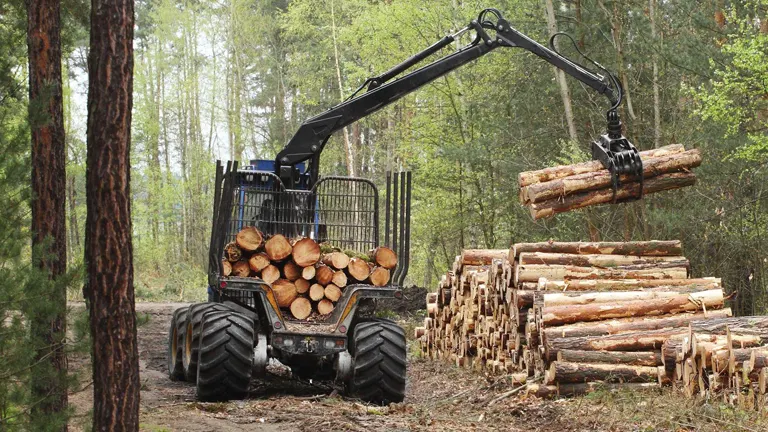
From the generation of income to the enhancement of wildlife habitats and the overarching goal of promoting forest health, timber harvesting requires a careful, informed approach. This comprehensive guide aims to unravel the complexities of timber harvesting, providing landowners with essential insights and strategies for navigating this process effectively. By balancing economic needs with ecological responsibility, timber harvesting can be transformed from a mere commercial activity into a sustainable practice that respects and nurtures the forest environment.
Developing a Strategic Management Plan for Timber Harvesting

The journey into timber harvesting begins with a clear understanding of your goals as a woodland owner. These objectives can range from financial gain through timber sales to ecological goals like enhancing wildlife habitats, preserving older forest structures, or creating a fire-resilient environment. The diversity of these goals underscores the importance of a personalized approach to forest management.
Crafting a Forest Management Plan
A forest management plan serves as a roadmap, guiding you through the complexities of timber harvesting while ensuring that your actions align with your overarching objectives. This plan should be a living document, adaptable to changes in your goals or forest conditions.
- Begin by thoroughly assessing the current state of your forest. What species are present? What is the age distribution of your trees? What is the condition of the forest floor and wildlife?
- Define what you want to achieve with your forest. Whether it’s revenue generation, habitat enhancement, or forest health improvement, your goals should be specific, measurable, and achievable.
- Understand the resources at your disposal, including financial, labor, and time. Also, recognize constraints like environmental regulations, market conditions, and forest health issues.
- Utilize resources like the “Know Your Forest” learning library, which offers a wealth of information on forest management. Consider consulting with forestry professionals who can provide expertise and insights specific to your region and forest type.
- Ensure that your plan aligns with sustainable forestry practices. This involves considering the long-term health and productivity of the forest, not just immediate gains.
- Be prepared to adjust your plan as needed. Forest ecosystems are dynamic, and market conditions, environmental factors, and personal objectives can evolve.
Once your plan is in place, the next steps involve executing the various components, from timber harvesting to habitat management. Regularly review and update your plan to reflect new learnings and changes in your forest.
A well-crafted forest management plan is the cornerstone of successful timber harvesting. By carefully defining your objectives and aligning your actions with these goals, you can ensure that your forest management activities are both economically viable and ecologically responsible. Remember, your forest is a living, breathing ecosystem, and your management plan should reflect a commitment to its long-term health and productivity.
Economic Considerations in Timber Harvesting
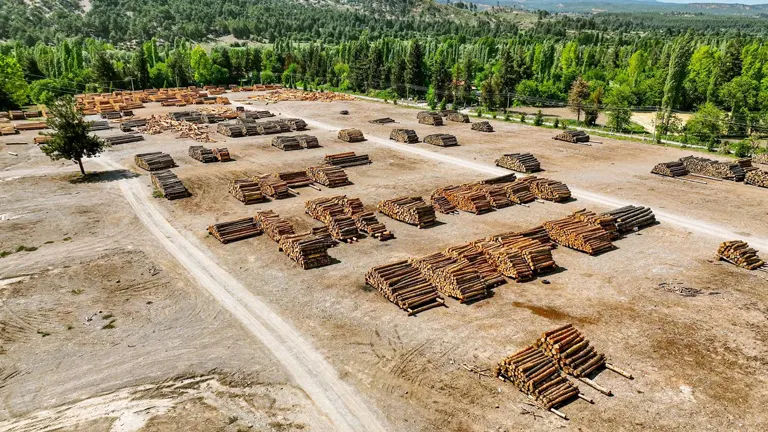
Profitability in timber harvesting is influenced by a variety of elements, each playing a crucial role in determining the economic outcome of your forestry activities.
- The total amount of wood harvested is a primary driver of revenue. More volume typically translates to higher overall income, but it’s essential to balance this with sustainable forestry practices.
- The proximity of your woodland to the nearest mill can significantly affect costs. Longer distances increase transportation expenses, which can eat into your profits.
- Timber prices fluctuate based on market demand, species desirability, and overall economic conditions. Staying informed about current market trends is vital for timing your harvest optimally.
- The quality of your timber, which includes factors like tree size, species, and health, directly impacts its value. Higher-quality logs fetch better prices.
Conducting a Comprehensive Forest Inventory
Conducting a comprehensive forest inventory is an essential step in understanding the economic potential of your woodland. This detailed assessment involves evaluating various aspects of your forest to make informed decisions about timber harvesting.

- Different species and sizes of trees in your forest hold varying market values. Some species might be more in demand due to their use in specific industries or their quality for certain products. Similarly, the size of the trees plays a crucial role in determining their market value, as larger trees often fetch higher prices. By identifying the species and sizes of trees in your forest, you can estimate the potential revenue from timber sales.
- The health and quality of your trees are significant factors in determining their readiness for harvest. Trees that are diseased, damaged, or of poor quality may not be suitable for certain markets or might fetch lower prices. Conversely, healthy and high-quality trees are more valuable. Regular assessments of tree health and quality can help you identify which trees are ripe for harvesting and which should be left to grow further.
Consulting with Log Buyers
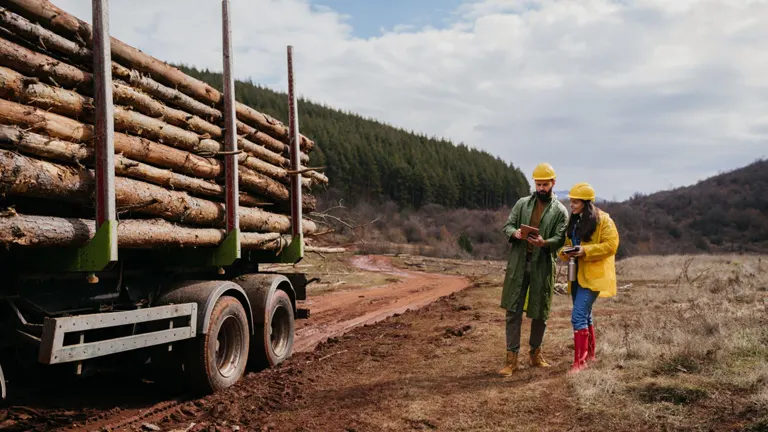
Engaging with log buyers early in the process provides valuable insights into current market demands and the value of your timber. Log buyers have expertise in assessing the worth of different types of wood and can give you a realistic picture of current demand and pricing. This information is crucial for making strategic decisions about when and what to harvest.
Factoring in Transportation Costs
Transportation costs are a significant factor in determining your net revenue from timber sales. These costs can vary widely based on several factors:
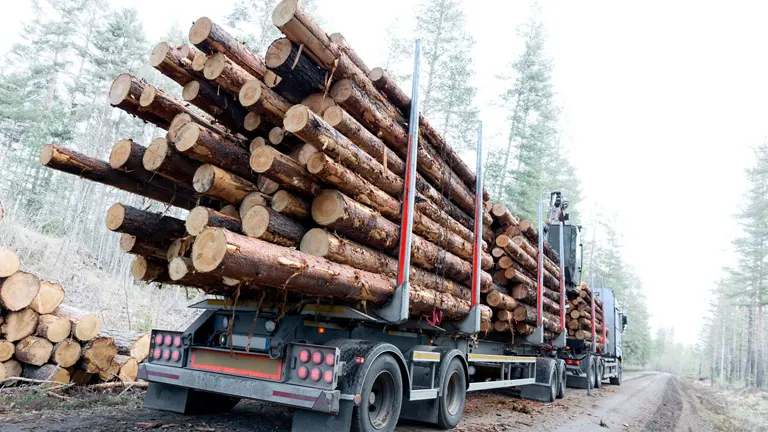
- Mills that are closer to your forest will generally result in lower transportation costs. This proximity can be a significant advantage in maximizing profits.
- Forests located in difficult-to-access areas may incur higher transportation expenses, affecting the overall profitability of the timber sale.
Timber prices can fluctuate seasonally, and understanding these trends is key to timing your harvest for maximum profit. For instance, prices may be higher in winter and early spring when there is a lower supply of logs. However, harvesting during these seasons can come with its own challenges, such as weather-related access issues or the need for additional infrastructure improvements like road maintenance. Balancing these factors is essential for a profitable timber harvesting operation.
Economic considerations in timber harvesting are multifaceted and require a thorough understanding of various factors. By carefully evaluating the volume and quality of wood, understanding market dynamics, consulting with experts, and considering logistical aspects like transportation and seasonal fluctuations, you can make informed decisions that enhance the profitability of your timber harvesting activities. Remember, a successful timber harvest is one that balances economic gain with sustainable forest management practices.
Choosing the Right Harvesting Technique
The choice of the appropriate timber harvesting technique is critical and should be based on your specific management goals and the characteristics of your forest. Understanding the different techniques and how they align with various objectives is key.
Thinning: A Strategic Approach to Forest Management
Thinning, a crucial forest management technique, primarily aims to enhance forest health and quality. This method involves selectively removing less desirable trees, which in turn allows more space and vital resources for the remaining trees to thrive. By reducing overcrowding and competition for sunlight, water, and nutrients, thinning significantly contributes to the overall well-being of the forest. It’s a deliberate action taken to redistribute growth potential among the best specimens, ensuring a healthier and more sustainable forest ecosystem.

The benefits of thinning extend beyond just the improved health of the forest. This technique can substantially increase the growth rate of the remaining trees, as they face less competition for essential resources. Additionally, thinning can be a practical tool in managing forest diseases and pests by removing affected trees and improving air circulation within the stand. Economically, thinning also serves as a source of periodic income for landowners. The timber harvested from thinning can be sold, providing financial returns while simultaneously enhancing forest conditions.
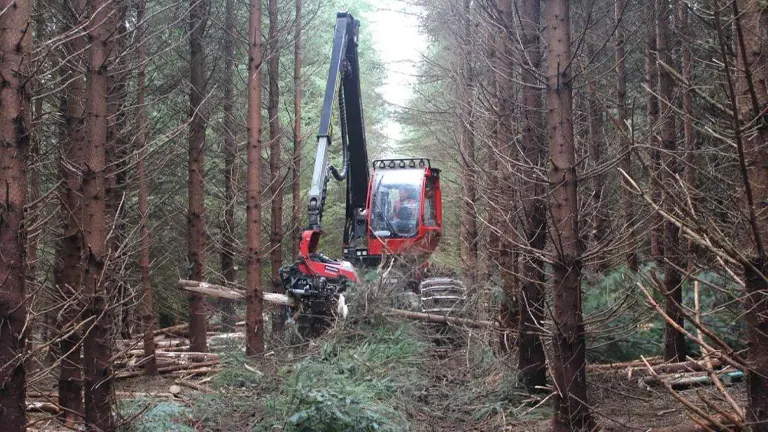
Thinning is particularly effective in stands where trees are becoming overcrowded but are yet to reach full maturity. This scenario is common in young, vigorously growing forests where competition can lead to stunted development and increased vulnerability to environmental stressors. The process is ideally implemented before trees reach their final harvest stage, allowing the forest to recover and grow more robustly. Determining the optimal timing for thinning requires regular and careful assessment of the forest stand, considering factors like tree species, stand density and overall forest health. This proactive approach ensures that thinning is carried out effectively, maximizing its benefits for both the forest ecosystem and the landowner.
Regeneration Cutting: Enabling New Forest Life Cycles
Regeneration cutting plays a pivotal role in forest management, primarily focusing on the removal of older trees to pave the way for new growth. This technique is essential in creating conditions conducive to the growth of young trees, effectively starting a new forest life cycle. Various methods such as clearcutting, shelterwood cutting, or seed tree cutting are employed, each tailored to the specific needs and conditions of the forest. The overarching aim is to rejuvenate and renew the forest, ensuring its health and sustainability for future generations.
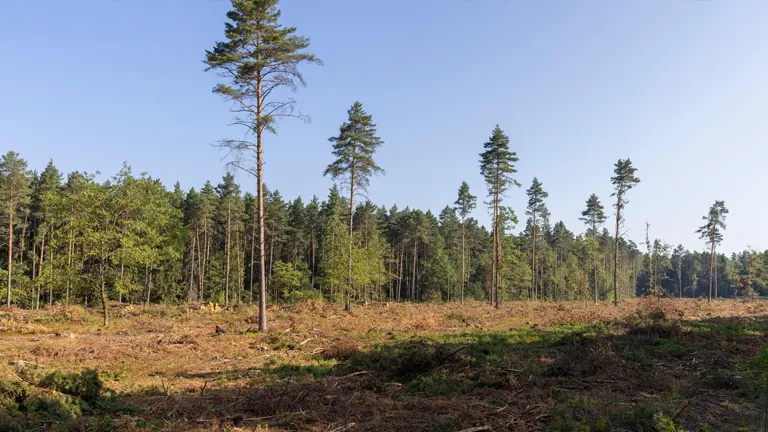
The benefits of regeneration cutting are substantial, particularly in fostering the establishment of a new generation of trees. This approach is invaluable in forests where natural regeneration is a key objective, as it optimizes the environmental conditions necessary for seed germination and sapling development. Beyond mere renewal, regeneration cutting also offers the opportunity to manage and influence the species composition of the forest, promoting biodiversity and ecological balance. By selectively removing older trees, this method makes room for a diverse range of species to thrive, enhancing the overall resilience and vitality of the forest ecosystem.
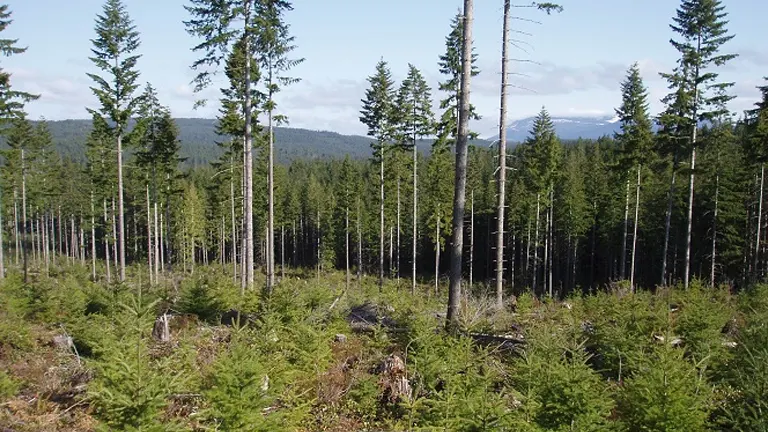
Regeneration cutting is most effectively employed in mature stands where the primary goal is to initiate a new cycle of forest growth. It’s an ideal strategy in scenarios where the older trees have reached the end of their growth cycle, whether in terms of economic yield or biological maturity. In such instances, regeneration cutting not only kickstarts a new growth phase but also contributes to the long-term health and diversity of the forest. Determining the optimal timing and approach for regeneration cutting requires a deep understanding of the forest’s dynamics, its species composition, and the specific goals of the forest management plan. This strategic approach ensures that the forest continues to thrive, both as an ecological habitat and a resource for future needs.
Even-Aged vs. Uneven-Aged Management
The management of a forest significantly influences its health, productivity, and biodiversity. Two primary approaches are even-aged and uneven-aged management, each with its specific techniques and benefits, catering to different ecological and silvicultural needs.
Even-Aged Management
Even-aged management is characterized by methods like clearcutting, seed trees, and shelterwood cuttings. In this approach, the majority of trees in a stand are of a similar age. This uniformity in age is often achieved by harvesting all or most of the trees in an area at once and then regenerating the forest, either naturally or through planting. Even-aged management is particularly effective for tree species that require full sunlight for successful regeneration. The clear-cut areas allow for ample sunlight to reach the forest floor, encouraging the growth of new, young trees and leading to a new, even-aged stand. This approach is often preferred in commercial forestry due to its straightforwardness in planning and harvesting.
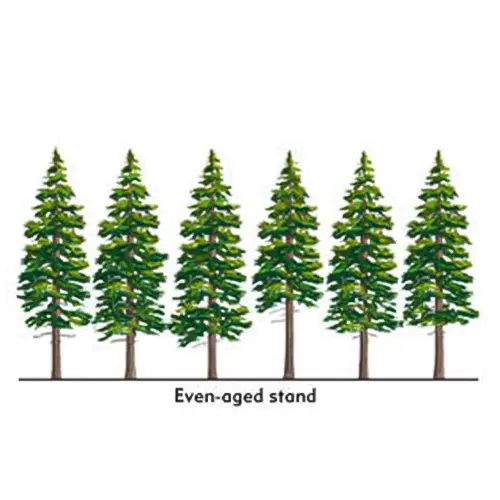
Uneven-Aged Management
In contrast, uneven-aged management employs selective cutting techniques, aiming to maintain a forest composed of trees of various ages and sizes. This method involves periodically removing individual trees or small groups of trees, thereby promoting a continuous forest cover and a more diverse age structure. Uneven-aged management is advantageous in maintaining ecological continuity, as it supports a variety of wildlife habitats and maintains forest aesthetics. It’s particularly suitable in areas where minimizing environmental impact is a priority, as it allows for the forest ecosystem to continue functioning relatively undisturbed. This approach requires more meticulous planning and knowledge of forest dynamics, as the selective removal of trees must be carefully balanced to maintain the health and growth potential of the forest.
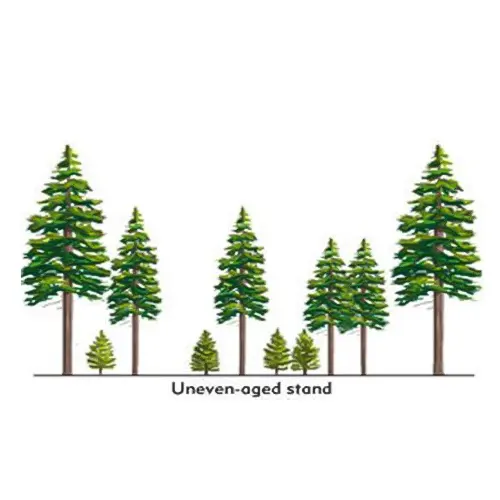
Considerations for Choosing the Technique
- Some species and terrains respond better to certain harvesting techniques.
- The current demand for certain types of timber can influence your choice.
- If creating or maintaining wildlife habitat is a goal, this may influence your choice of technique.
- Ensure that the chosen method aligns with sustainable forestry practices.
Selecting the right timber harvesting technique is a pivotal decision that should be tailored to your specific goals, forest conditions, and sustainability considerations. Whether it’s through thinning for stand improvement or regeneration cuttings for new growth, the technique chosen will significantly impact the health of the forest and the fulfillment of your objectives. Understanding the nuances of each method and consulting with forestry professionals can guide you in making an informed decision that benefits both your forest and its broader ecosystem.
Finding the Right Mill and Logging Contractor
Identifying the Appropriate Mill
When selecting a mill for your timber, it’s essential to consider more than just geographical convenience; the specialization and capacity of the mill are equally crucial. Different mills have expertise in processing specific types of timber, such as softwood for construction or hardwood for furniture making. Opting for a mill that specializes in your type of timber can be financially advantageous, as these mills often offer more competitive prices due to their efficient utilization and deeper understanding of the specific timber market.
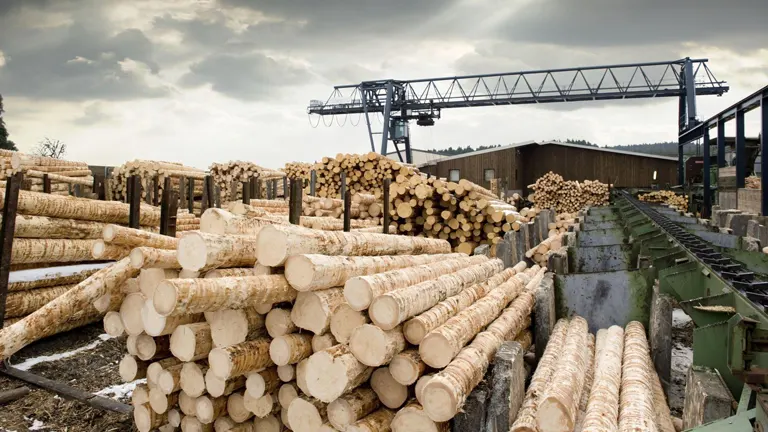
Additionally, specialized mills are adept at accurately assessing the quality of your timber. This expertise ensures that you receive a fair price that truly reflects the grade and characteristics of your wood, aligning with its market value. Therefore, carefully choosing a mill that aligns with the type and quality of your timber is a critical step in maximizing your profits and ensuring your timber is processed effectively.
Engaging Multiple Log Buyers
Engaging multiple log buyers is a strategic approach in the timber selling process. It allows you to tap into a diverse range of market insights, contacts, and pricing structures, leading to potentially better deals for your timber. Each buyer brings a unique perspective, influenced by their specific mill connections and understanding of the current market. This diversity in viewpoints is invaluable for comprehensively understanding the dynamics of the timber market.

By comparing different offers, you gain insights into which types of timber are currently in high demand and likely to command higher prices. Additionally, this comparison sheds light on how timber prices vary across different mills and geographical regions. This information is crucial for making informed decisions, ensuring that you don’t undersell your timber and that you capitalize on the best possible market opportunities. Engaging with a variety of buyers, therefore, not only potentially increases your revenue but also provides a broader, more nuanced understanding of the timber market.
Selecting a Competent Logging Contractor
The importance of choosing the right logging contractor cannot be overstated. A competent contractor plays a pivotal role in the success of your timber harvesting operation.

When selecting a contractor, consider the following:
- A contractor with a strong track record, evidenced by positive feedback from previous clients, is more likely to provide reliable and quality service.
- The contractor must have the appropriate equipment for your specific harvesting needs. This includes machinery that can efficiently and safely harvest the type of timber you have.
- A contractor should have a comprehensive contract outlining the scope of work, responsibilities, and compensation. Additionally, proper insurance coverage is essential to protect against accidents and ensure compliance with safety standards.
Ensuring a Profitable and Professional Operation
The combination of selecting the right mill and the right logging contractor is pivotal for a successful timber harvesting operation.

This careful selection process ensures that:
- By engaging with multiple log buyers and choosing a specialized mill, you ensure that your timber is priced according to its true market value.
- A competent logging contractor guarantees that the harvest is carried out efficiently, safely, and in compliance with legal standards, reducing the risk of accidents and liability.
- With the right mill and contractor, you can maximize your revenue from the timber harvest while ensuring that the operation is conducted responsibly and sustainably.
In summary, the meticulous process of finding the right mill and logging contractor is a critical component in the timber harvesting process, significantly impacting both the profitability and sustainability of the operation.
Preparing for Harvest and Compliance with Regulations
One of the most crucial steps in preparing for a timber harvest is the clear demarcation and understanding of property boundaries. This is particularly vital in extensive operations like regeneration cuts, where large swathes of land are involved. Properly marked boundaries help prevent any unintentional harvesting outside of your property, avoiding legal disputes and ensuring that the harvest is confined to your land. In some cases, it might be advisable to involve a professional surveyor, especially if there are any uncertainties about the property lines. This proactive approach not only minimizes potential conflicts with neighbors but also aligns with ethical forestry practices.
The Importance of Planning for Reforestation
A responsible approach to timber harvesting includes planning for the forest’s future. Particularly in the case of regeneration cuts, where the primary tree population is significantly reduced, reforestation plans are essential.
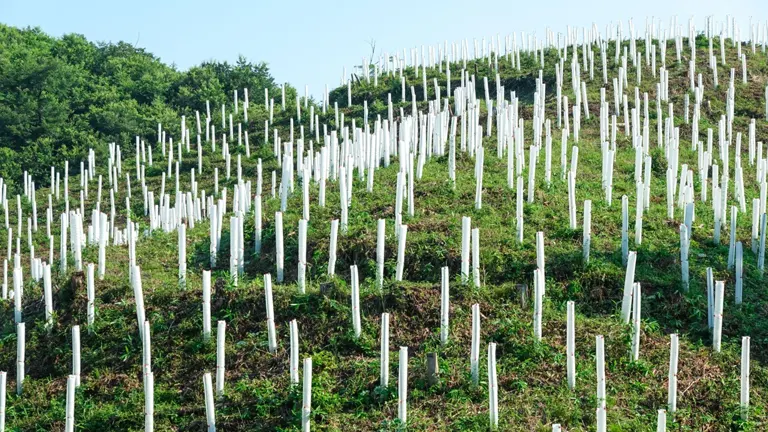
These plans should consider:
- Choosing the right species for replanting can thrive in the local climate and soil conditions.
- Coordinating the timing of reforestation with the harvest, ensuring that seedlings are available and can be planted at the appropriate time.
Reforestation is a commitment to the long-term health and sustainability of the forest, ensuring that it continues to provide ecological, economic, and recreational benefits.
Adherence to Local Forestry Regulations
Compliance with local forestry laws, such as the Forest Practices Act in Oregon, is more than a legal obligation; it’s a commitment to sustainable and ethical forest management. These regulations are designed to protect various aspects of the environment, including soil quality, water resources, and wildlife habitats.
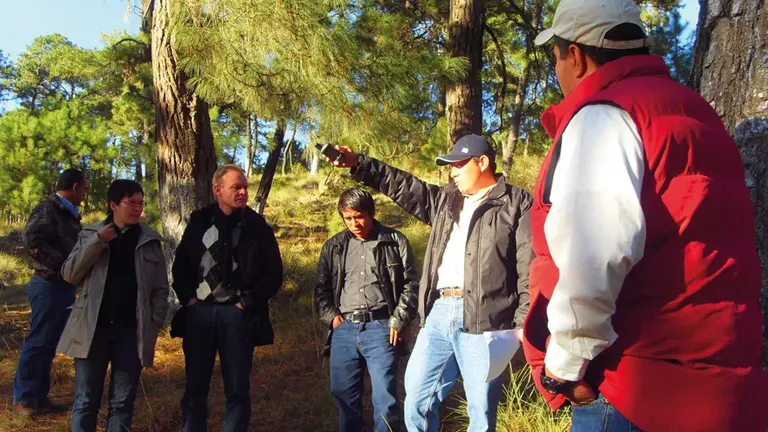
Adherence to these laws involves:
- Familiarize yourself with the specific requirements and guidelines set forth in the regulations.
- Employing BMPs ensures that your harvesting practices are environmentally sound and sustainable.
By complying with forestry regulations, you contribute to the broader goal of maintaining the ecological balance and ensuring the forest’s long-term viability. This approach not only prevents environmental damage but also promotes a positive image of responsible forestry. It reflects a commitment to stewardship, acknowledging that the forest is a shared resource with immense value to the community and future generations.
In conclusion, preparing for a timber harvest involves meticulous planning and strict adherence to regulations. This preparation is essential for a successful harvest, ensuring that the operation is conducted responsibly, sustainably, and with a forward-looking approach to the health of the forest ecosystem.
The Forest Society’s Approach to Timber Harvesting
The Forest Society serves as a model for responsible land management, particularly in its approach to timber harvesting. By conducting detailed natural resource inventories and applying the best practices in silvicultural science, the Society ensures that its management strategies are sustainable and environmentally sound. This multi-use approach balances the economic benefits of timber harvesting with ecological goals like wildlife habitat creation, biodiversity conservation, and the provision of recreational opportunities.
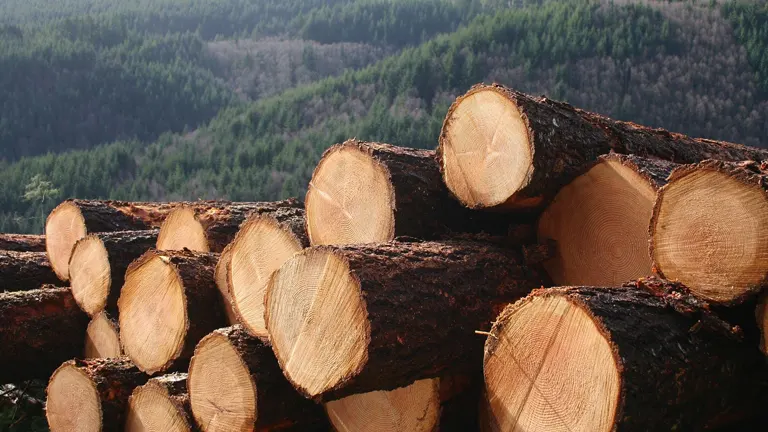
Annually, the Forest Society undertakes an average of 5 to 9 timber harvesting operations, covering around 650 acres. This is done with a strong emphasis on sustainable practices, reflecting a commitment to responsible forestry. Furthermore, the Society engages in public education, offering timber harvest tours to increase awareness and understanding of sustainable forestry practices among the general public.
The Larger Impact and Sustainability
Timber harvesting extends beyond the mere act of cutting trees; it plays a vital role in managing forest health, promoting biodiversity, and sustaining ecosystems. The Forest Society’s practice of harvesting about 50% of the annual wood volume growth demonstrates a sustainable approach to forestry.
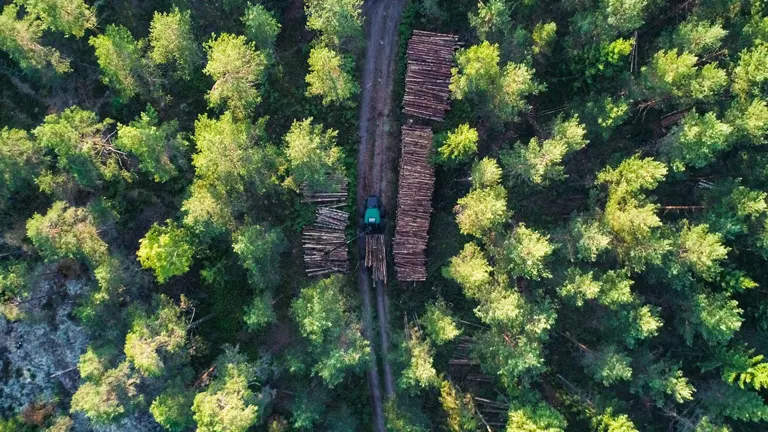
This level of harvesting is carefully calculated to ensure that the forest can continue to grow and thrive, thus maintaining its ecological, recreational, and economic benefits for future generations. By balancing timber production with ecological stewardship, the Forest Society showcases how sustainable forestry practices can meet human needs while preserving the natural environment.
Conclusion
Timber harvesting is a multifaceted process requiring careful planning, an understanding of economic factors, and a commitment to sustainability. By considering these aspects and learning from organizations like the Forest Society, landowners can effectively manage their woodland properties, contributing to both their personal goals and the broader health of the forest ecosystem.
FAQs
- How does selective logging differ from clear-cutting in terms of environmental impact?
Selective logging involves carefully choosing and removing specific trees, minimizing disturbance to the surrounding forest. Clear-cutting, on the other hand, involves removing all trees from an area, which can have a more significant environmental impact, including loss of habitat and increased soil erosion. - What is sustainable timber harvesting, and how is it practiced?
Sustainable timber harvesting is the practice of cutting down trees at a rate that allows the forest ecosystem to remain healthy and regenerate over time. It often involves techniques like selective logging, maintaining buffer zones near waterways, and following a forest management plan that supports biodiversity. - Can timber harvesting actually help in forest fire prevention? How?
Yes, responsible timber harvesting can reduce the risk of forest fires. Thinning dense forests reduces the amount of fuel available for fires and can create breaks that help contain fires should they occur. - What are the latest technological advancements in timber harvesting?
Recent advancements include the use of drones for forest mapping and monitoring, precision forestry techniques for efficient harvesting, and the development of more environmentally friendly machinery that reduces soil compaction and damage to surrounding trees. - How does timber harvesting affect local wildlife and biodiversity?
Timber harvesting can have varied effects on wildlife and biodiversity. While clear-cutting can significantly disrupt habitats, sustainable practices like selective logging can maintain a balance, allowing for the coexistence of timber harvesting and wildlife conservation. - What role does timber harvesting play in the global carbon cycle?
Trees absorb carbon dioxide, and when they are harvested and used for products like building materials, they continue to store that carbon. Sustainable timber harvesting can be part of a carbon management strategy, but it’s important that it’s balanced with reforestation to maintain the carbon sink capacity of forests. - Are there any certifications or standards for environmentally responsible timber harvesting?
Yes, certifications like the Forest Stewardship Council (FSC) and the Sustainable Forestry Initiative (SFI) set standards for responsible forest management and timber harvesting, ensuring practices that are environmentally sound, socially beneficial, and economically viable. - How does timber harvesting impact the local economy and communities?
Timber harvesting can have a significant economic impact on local communities, providing jobs and contributing to the economy. However, it’s important that these economic benefits are balanced with environmental and social considerations to ensure long-term sustainability.

David Murray
Forestry AuthorI'm David Murry, a forestry equipment specialist with a focus on chainsaw operation. With over 13 years of experience, I've honed my skills in operating and maintaining a wide range of machinery, from chainsaws to log splitters. My passion for the outdoors and commitment to sustainable forestry drive my work, which emphasizes safety, efficiency, and staying updated with industry advancements. Additionally, I'm dedicated to sharing my expertise and promoting environmental awareness within the forestry community.

Leave your comment